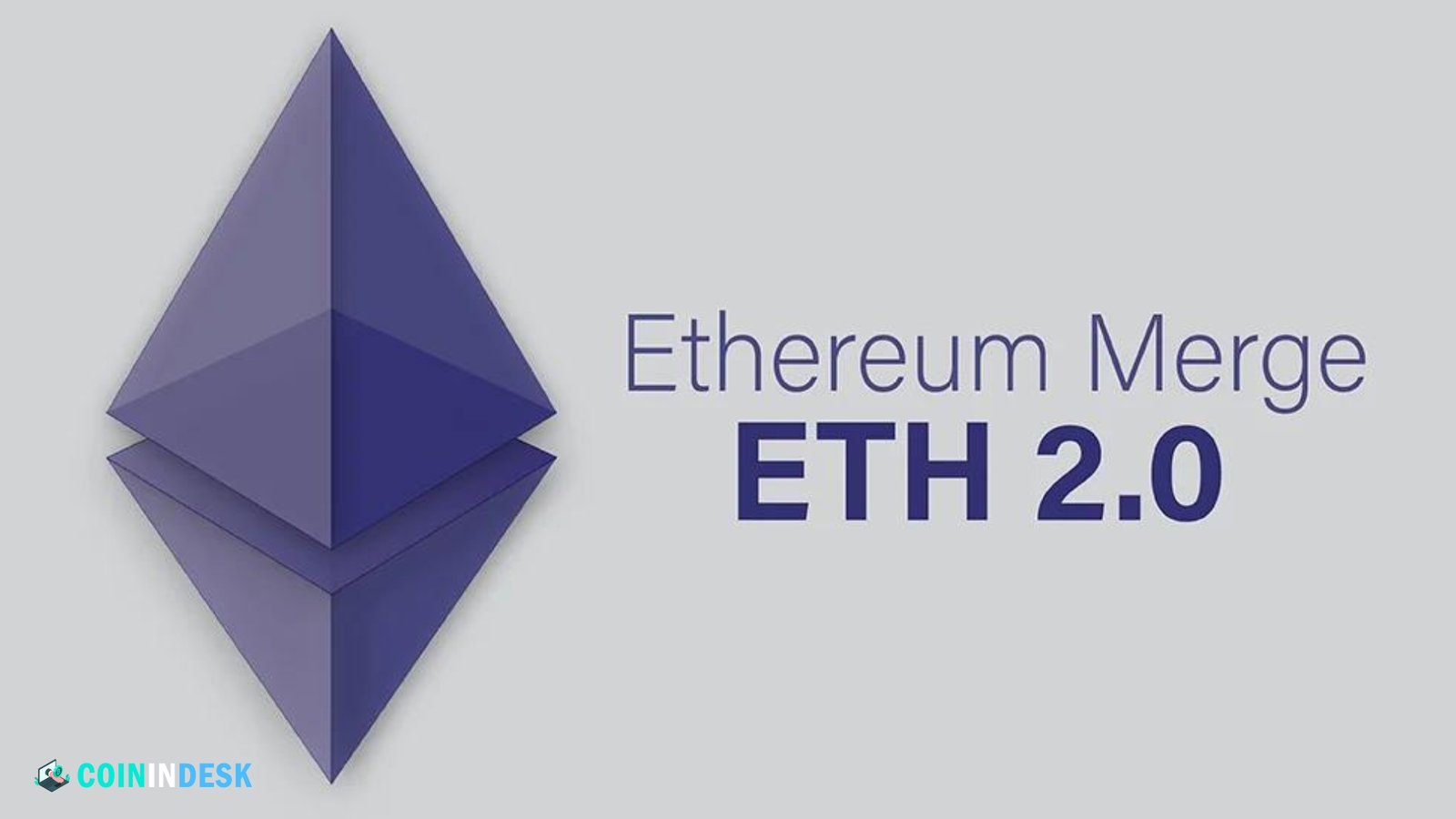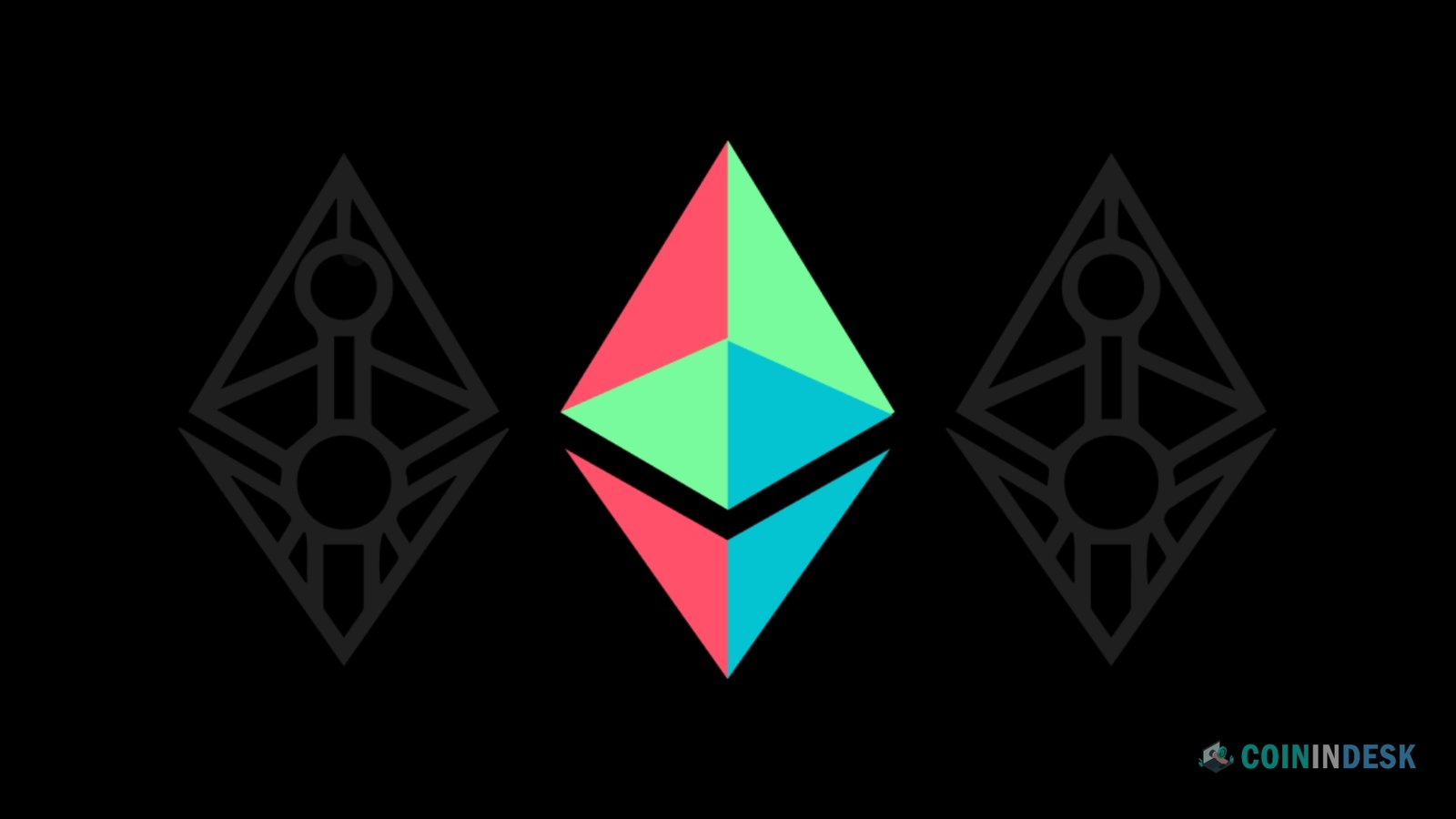Ethereum Bull Run: The cryptocurrency market is witnessing a resurgence in 2024, with Ethereum (ETH) leading the charge. The Ethereum bull run has captivated investors, analysts, and enthusiasts alike, raising questions about the factors behind this impressive rally. In this article, we’ll delve into the key drivers of Ethereum’s recent surge, the role of technological advancements and regulatory developments, and what this means for the future of the blockchain ecosystem.
The Surge of Ethereum in 2024: A Market Overview
As of mid-2024, Ethereum’s price has soared to new heights, marking one of its most significant bull runs since the late 2020s. This surge has seen ETH break through multiple psychological barriers, attracting retail and institutional investors. The bullish sentiment around Ethereum has been fueled by its growing utility, technological upgrades, macroeconomic conditions, and evolving regulatory landscapes.
The Role of Ethereum 2.0 and the Merge
A pivotal factor in Ethereum’s recent bull run is the successful implementation of Ethereum 2.0 and the completion of “The Merge.” Ethereum 2.0, a long-awaited upgrade to the Ethereum network, has transitioned the blockchain from a Proof of Work (PoW) to a Proof of Stake (PoS) consensus mechanism. This shift has made the network more energy-efficient and significantly increased its scalability and security.
The Merge, which combined the Ethereum Mainnet with the Beacon Chain, officially marked the complete transition to PoS in late 2023. This development reduced Ethereum’s energy consumption by over 99%, a critical improvement in an era where environmental concerns increasingly influence investment decisions. The reduced supply of ETH due to staking and the deflationary pressure from Ethereum Improvement Proposal (EIP) 1559’s fee burn mechanism has further contributed to the asset’s price appreciation.
Decentralized Finance (DeFi) and Layer 2 Solutions
Ethereum continues to dominate the decentralized finance (DeFi) space, which has been a significant catalyst for its price surge. DeFi platforms, which operate predominantly on the Ethereum blockchain, offer decentralized lending, borrowing, trading, and yield farming services, attracting billions of dollars in capital. The resurgence of DeFi in 2024 has seen a new wave of innovation, including more sophisticated financial instruments and improved user experiences, further solidifying Ethereum’s position as the backbone of this ecosystem.
Layer 2 solutions, such as Optimism, Arbitrum, and zk-rollups, have also played a crucial role in Ethereum’s bull run. These scaling solutions help alleviate the network congestion and high gas fees that plagued Ethereum during previous bull markets. By enabling faster and cheaper transactions, Layer 2 solutions have made Ethereum more accessible to a broader range of users and developers, driving increased adoption and demand for ETH.
Institutional Adoption and Mainstream Acceptance
Another significant driver of Ethereum’s bull run in 2024 is the continued adoption by institutional investors and mainstream companies. The narrative around Ethereum has evolved from being just a “cryptocurrency” to a valuable asset class and technological platform. Major financial institutions, including investment banks and hedge funds, have increased their exposure to ETH, recognizing its potential as a store of value and a hedge against inflation.
Moreover, Ethereum’s versatility as a platform for smart contracts and decentralized applications (dApps) has attracted interest from various industries, including finance, supply chain, gaming, and entertainment. Companies are increasingly exploring Ethereum to tokenize assets, create digital identities, and launch blockchain-based products. This mainstream acceptance has boosted confidence in Ethereum’s long-term viability, further fueling the current bull run.
Regulatory Clarity and Global Adoption
The regulatory landscape surrounding cryptocurrencies has always been a critical factor influencing market dynamics. In 2024, the global regulatory environment has become more favorable toward cryptocurrencies, including Ethereum. Key developments include implementing more explicit regulations in significant economies like the United States, the European Union, and several Asian countries. These regulations have provided much-needed clarity for investors and businesses, reducing the uncertainty that previously hindered broader adoption.
In the U.S., for example, the Securities and Exchange Commission (SEC) has taken a more transparent approach, differentiating between securities and utility tokens, with Ethereum being classified as the latter. This distinction has alleviated concerns over potential legal challenges and opened the door for more institutional involvement.
Additionally, several countries have embraced blockchain technology and cryptocurrencies as part of their digital economy strategies. This global acceptance, coupled with regulatory clarity, has paved the way for increased adoption of Ethereum across various sectors, contributing to its price surge.
The Influence of Macroeconomic Factors
The macroeconomic environment in 2024 has also played a significant role in Ethereum’s bull run. With rising global inflation rates, investors increasingly seek alternative assets to preserve their wealth. Cryptocurrencies, particularly Ethereum, have emerged as a popular choice due to their decentralized nature and potential for high returns.
Furthermore, the ongoing geopolitical tensions and economic uncertainty in various parts of the world have led to a growing distrust in traditional financial systems. This sentiment has driven more individuals and institutions to explore decentralized alternatives, with Ethereum being a primary beneficiary.
The Future of Ethereum: What Lies Ahead?
As Ethereum continues its bull run, questions arise about the sustainability of this momentum and what the future holds for the network. While the current market conditions are favorable, it’s essential to consider potential challenges and opportunities that could shape Ethereum’s trajectory in the coming years.
One key challenge will be maintaining network security and decentralization as the network scales. While Ethereum 2.0 and Layer 2 solutions have addressed many scalability issues, the network’s continued growth will require ongoing innovation and improvements.
Another factor to watch is the competition from other blockchain platforms. While Ethereum remains the dominant platform for smart contracts and dApps, rivals such as Solana, Cardano, and Polkadot are also making significant strides. These platforms offer unique features and benefits, and their growing ecosystems could potentially draw users and developers away from Ethereum.
However, Ethereum’s first-mover advantage, robust developer community, and continuous innovation position it well to maintain its leadership in the blockchain space. Introducing new features, such as sharding, which is expected to improve scalability further, and expanding its ecosystem into new areas like decentralized identity and Web3 will likely keep Ethereum at the forefront of the blockchain revolution.
Conclusion
The Ethereum bull run of 2024 is a testament to the network’s resilience, innovation, and growing importance in the global financial system. Driven by technological advancements, increased adoption, favorable regulatory developments, and macroeconomic factors, Ethereum has again captured the world’s attention. While challenges remain, the future looks promising for Ethereum as it continues to evolve and shape the future of decentralized finance and blockchain technology.


